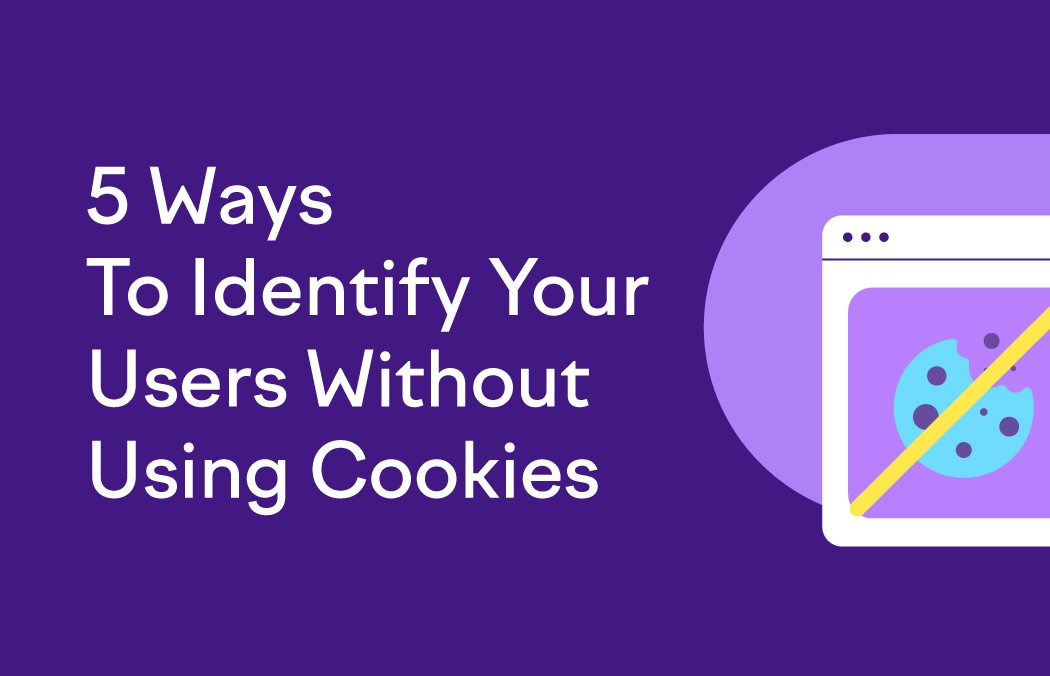For years, cookies have been the primary tool tech companies used to track users online, powering everything from targeted advertising to personalized shopping experiences. But as privacy concerns have grown and regulations like Europe’s GDPR and California’s CCPA have taken hold, the reliance on third-party cookies has started to wane. Many browsers now block them by default, and companies are under pressure to find alternatives that both satisfy advertisers and reduce visible invasions of privacy. The result is a new era of tracking where cookies may be disappearing, but data collection is far from over. Instead, tech companies are deploying more sophisticated techniques that operate quietly in the background, often in ways that users do not immediately notice.
One of the most prominent methods replacing cookies is device fingerprinting. Unlike cookies, which are stored on a user’s browser, fingerprinting collects information about a device’s unique characteristics. This can include screen resolution, operating system, installed fonts, time zone, and even the way a browser renders certain code. When combined, these attributes create a digital fingerprint that is remarkably difficult to disguise. Even if a user clears cookies or switches browsers, their fingerprint can often still be recognized. Advertisers value this approach because it provides a persistent way to track behavior across sessions, but critics argue it is even more invasive than cookies because it is largely invisible and nearly impossible to opt out of.
Another major trend is the reliance on first-party data, which companies collect directly through their own platforms. Social media networks, online retailers, and streaming services all encourage users to create accounts, sign in across devices, and provide personal information in exchange for convenience or personalization. Every click, like, purchase, or playlist becomes a piece of data that helps build detailed user profiles. Because this data is collected directly rather than through third-party cookies, it is considered more compliant with current privacy regulations. However, it still feeds into the same ecosystem of targeted advertising and behavioral analysis, giving platforms a powerful edge in shaping what users see online.
Contextual targeting has also re-emerged as a strategy. Before the rise of cookies, ads were often placed based on the content of a webpage rather than detailed user histories. Now, with cookies restricted, advertisers are revisiting this method but with far more advanced analytics. Machine learning models analyze text, images, and even sentiment on a page to match ads with the content a user is engaging with at that moment. For example, someone reading an article about hiking gear might see ads for outdoor apparel, not because they were tracked across the web but because the system inferred their intent based on context. This approach feels less invasive and can still deliver relevant ads without relying on personal identifiers.
Login systems are another subtle way companies track users without cookies. When users log in to accounts on multiple sites using credentials from a major platform—such as signing in with Google, Facebook, or Apple—the parent company gains visibility into their activity across different services. These single sign-on features are marketed as convenient and secure, but they also centralize user behavior data under a handful of dominant firms. This integration gives companies more comprehensive insights into consumer habits while reducing the reliance on traditional cookie-based tracking. For businesses, this means they can access richer datasets, but for users, it raises questions about how much visibility a single platform has into their digital lives.
Emerging technologies like cohort-based tracking represent another layer in the shift beyond cookies. Google’s now-paused Federated Learning of Cohorts (FLoC) and its successor, Topics API, aim to balance privacy and advertising effectiveness by grouping users into interest categories rather than tracking individuals. Instead of following someone’s every move online, advertisers see that a user belongs to a cohort interested in, say, travel or fitness. This approach reduces granularity while still providing enough information for targeted advertising. While less invasive than fingerprinting, it still leaves users categorized in ways they may not fully understand or consent to, which has sparked debate about whether it truly protects privacy.
Email tracking is another technique that has expanded in importance. Companies embed tracking pixels in promotional emails that notify them when a message is opened, what device was used, and sometimes even the recipient’s location. Combined with unique identifiers tied to email addresses, this method creates a powerful bridge between online and offline activity. For instance, clicking a link in a marketing email may connect your browsing behavior back to your customer profile, even without cookies. This linkage gives businesses a direct channel for personalization but also raises concerns about how much control individuals really have over their data once they engage with email marketing.
While these methods demonstrate how tracking has evolved, they also highlight the broader tension between privacy and personalization. Users expect tailored experiences—recommendations that match their tastes, reminders that arrive at the right time, and ads that feel relevant. Yet delivering that level of personalization requires systems that analyze behavior in detail. The disappearance of cookies has not eliminated this trade-off; it has simply shifted the techniques companies use to maintain it. For businesses, this creates both opportunities and challenges. They can build deeper relationships with customers by using first-party data responsibly, but they must also navigate growing scrutiny from regulators and consumers who are increasingly sensitive to how their data is used.
The end of cookies may seem like a victory for privacy, but the reality is more nuanced. Tech companies are finding new ways to track users that are often more sophisticated and less visible than the cookie-based systems they replace. For individuals, this underscores the importance of being aware of how data is collected and taking advantage of privacy tools, such as browser settings, VPNs, and alternative platforms that prioritize transparency. For businesses, it is a reminder that trust is becoming as important as technology. Companies that are upfront about their practices and give users genuine control over their data are more likely to thrive in a digital economy that is grappling with the balance between personalization and privacy.
Ultimately, the shift away from cookies signals not the end of tracking but the start of a new chapter. As technology evolves, so too will the methods used to monitor behavior, raising ongoing questions about ethics, responsibility, and consumer choice. The businesses that navigate this transition most effectively will be those that see data not just as a tool for profit but as a foundation for building lasting trust in an increasingly connected world.





